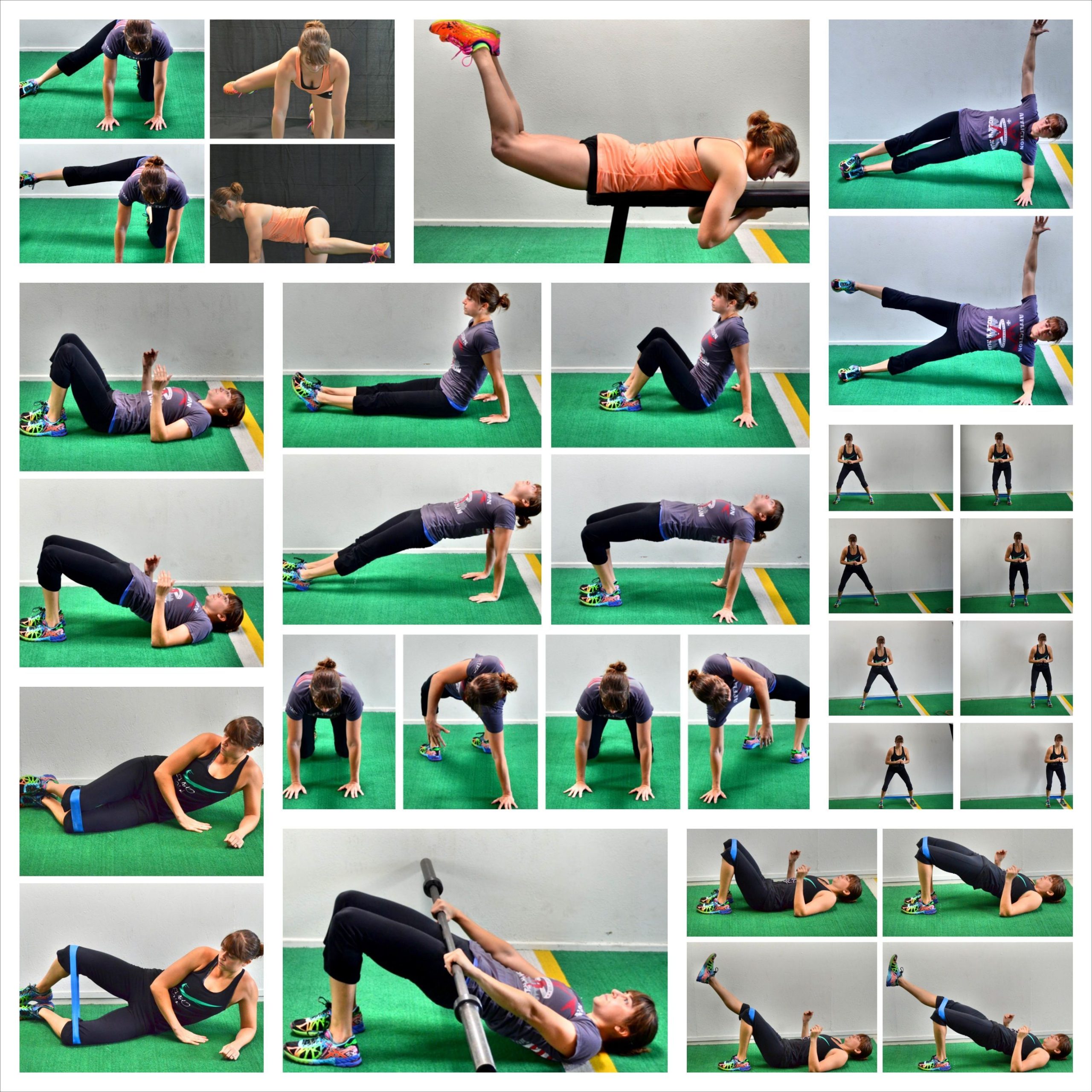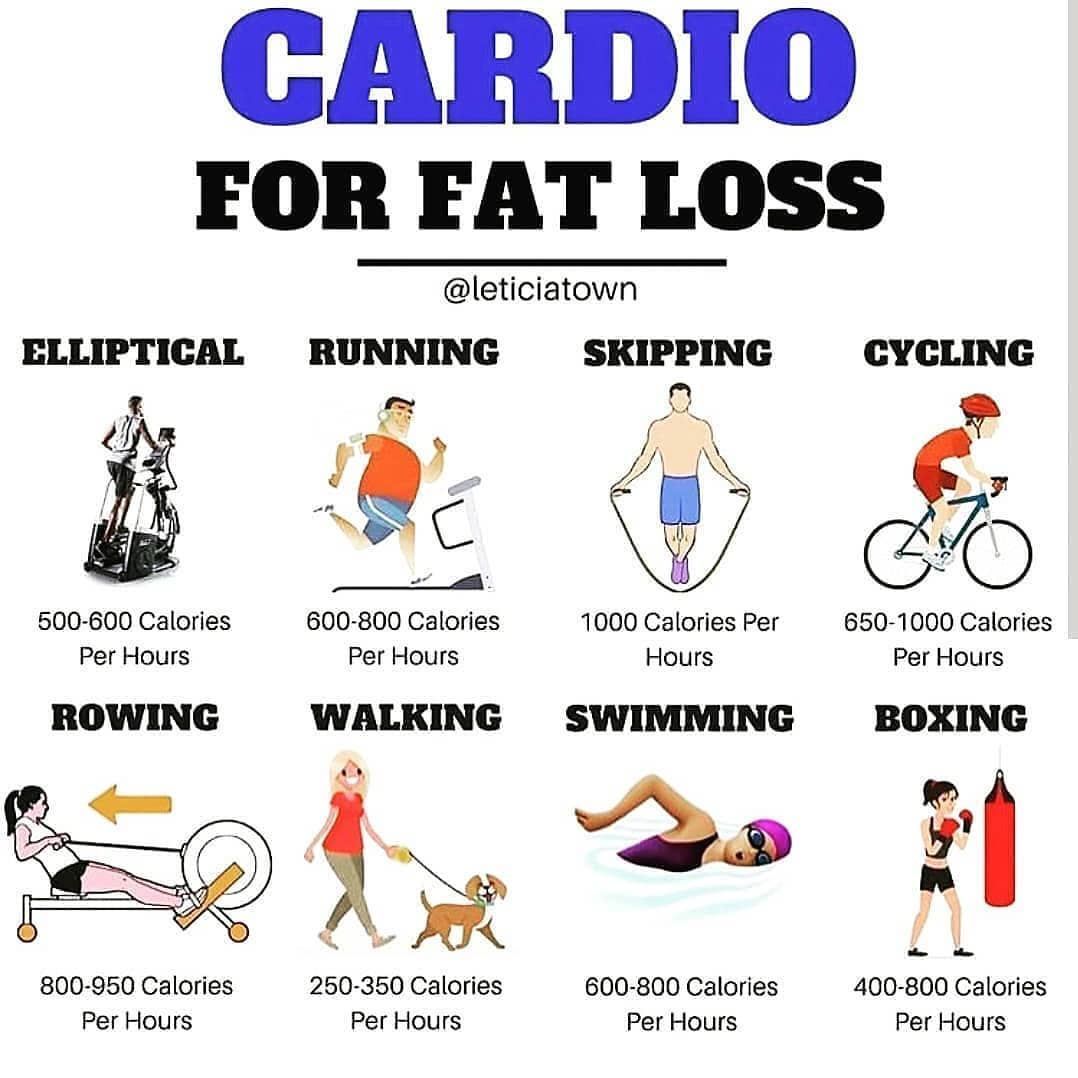
Running for Weight Loss: Tips and Techniques
admin
- 0
Running is a popular form of exercise that not only helps in improving cardiovascular fitness but can also aid in weight loss. Whether you are a beginner or someone looking to enhance your running routine to shed those extra pounds, here are some tips and techniques to maximize the effectiveness of your running for weight loss.
Set realistic goals
Before starting any weight loss journey, it is essential to set realistic goals. Assess your current fitness level and determine how much weight you would like to lose. It is important to remember that weight loss should be gradual and sustainable to maintain long-term results. Set SMART goals (Specific, Measurable, Attainable, Relevant, Time-bound) that keep you motivated and accountable.
Start with a warm-up
A proper warm-up routine is crucial to avoid injuries and prepare your body for physical activity. Begin your running session with a brisk walk or light jog for about 5-10 minutes to increase your heart rate and loosen up your muscles. It is also beneficial to incorporate dynamic stretches, such as leg swings and walking lunges, to improve flexibility and mobility.
Combine interval training
Interval training is an effective technique to burn calories and improve endurance. Alternate between periods of high-intensity running and recovery periods of low-intensity or rest. For example, run at a fast pace for 1 minute, followed by 1-2 minutes of slow jogging or walking. Repeat this cycle for the duration of your run. Interval training not only increases calorie expenditure during the workout but also leads to an afterburn effect, increasing your metabolic rate post-exercise.
Focus on intensity and duration
Incorporate both high-intensity and longer-duration runs into your training schedule. High-intensity runs are great for improving cardiovascular fitness and burning calories in a shorter amount of time. Long-duration runs, on the other hand, primarily focus on burning fat as fuel. Aim to include a mix of both in your weekly routine to maximize weight loss benefits.
Don’t forget strength training
Running alone may not be enough for significant weight loss. Including strength training exercises at least two days a week helps build lean muscle, increase metabolism, and aid in fat loss. Focus on compound exercises that target multiple muscle groups, such as squats, lunges, push-ups, and planks. Strength training also improves running performance by enhancing overall body strength and stability.
Watch your diet
While exercise plays a crucial role in weight loss, it is equally important to pay attention to your diet. Running creates a calorie deficit, but it is essential to fuel your body with nutrient-dense foods that support your weight loss goals. Incorporate whole grains, lean proteins, fruits, vegetables, and healthy fats into your meals. Stay hydrated by drinking plenty of water and limit processed foods, sugary drinks, and excessive snacking.
Listen to your body
Running for weight loss should be enjoyable and safe. Pay attention to any signs of discomfort or pain during your runs. It is normal to experience muscle soreness, especially when starting a new exercise routine or increasing intensity. However, if you feel persistent pain or have any concerns, consult a healthcare professional or a certified running coach. Listening to your body and taking rest days when needed is crucial for long-term success.
Track your progress
Tracking your progress is key to staying motivated and monitoring your weight loss journey. Keep a record of your runs, including distance, duration, and any additional notes. Numerous running apps and wearable fitness trackers can help you track your runs and monitor calories burned. Additionally, take progress photos, measure your body, or weigh yourself periodically to see the physical changes and celebrate your achievements along the way.
Stay consistent and be patient
Consistency is key when it comes to running for weight loss. Establish a regular running schedule that suits your lifestyle and commit to it. It may take time to see significant weight loss results, so be patient and stay dedicated to your fitness goals. Remember that running not only helps in losing weight but also provides numerous health benefits and improves overall well-being.
In conclusion, running can be an effective tool for weight loss when combined with proper techniques and a healthy lifestyle. Set realistic goals, warm up adequately, incorporate interval training and strength exercises, watch your diet, listen to your body, and track your progress. Stay consistent and patient, and you will not only shed those extra pounds but also enjoy improved fitness and well-being.

